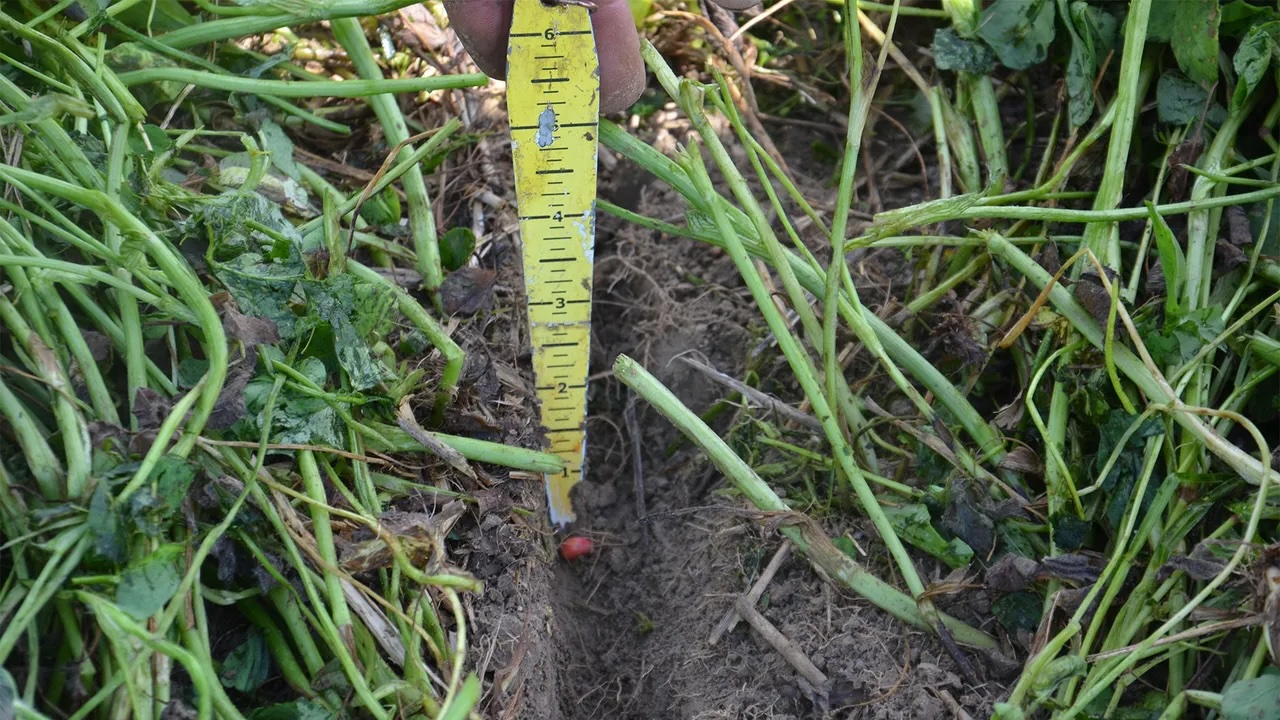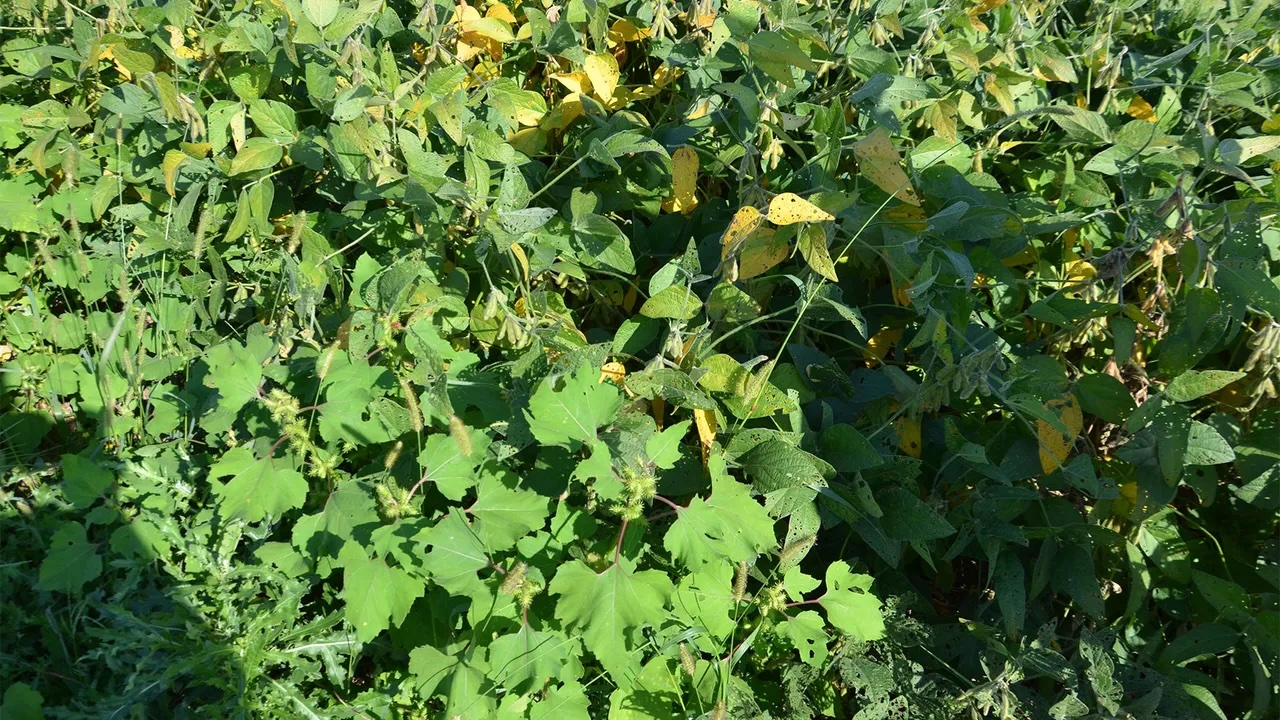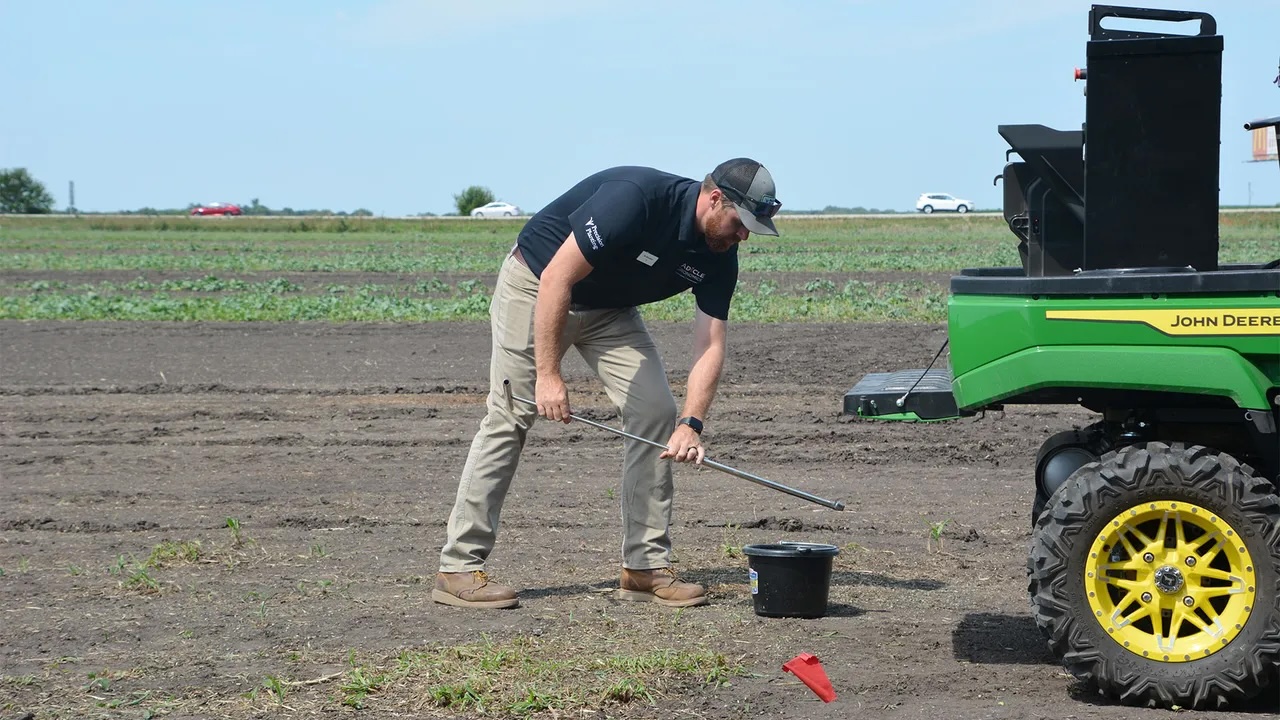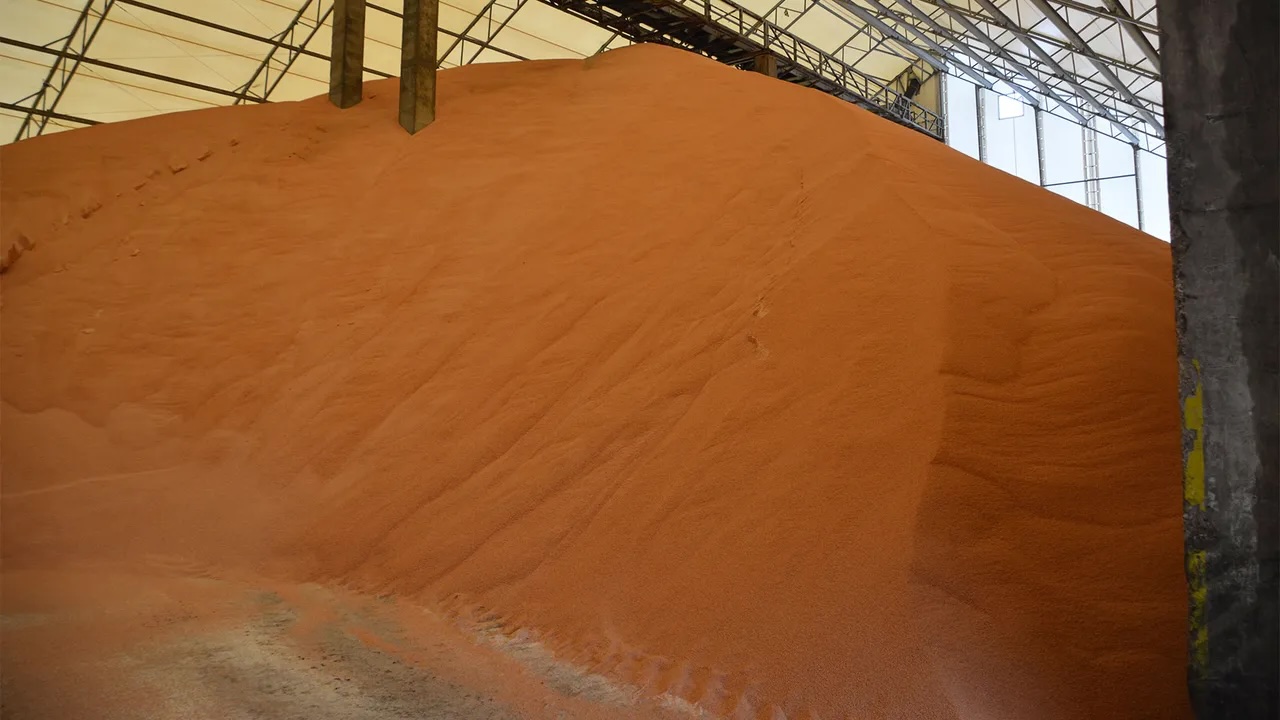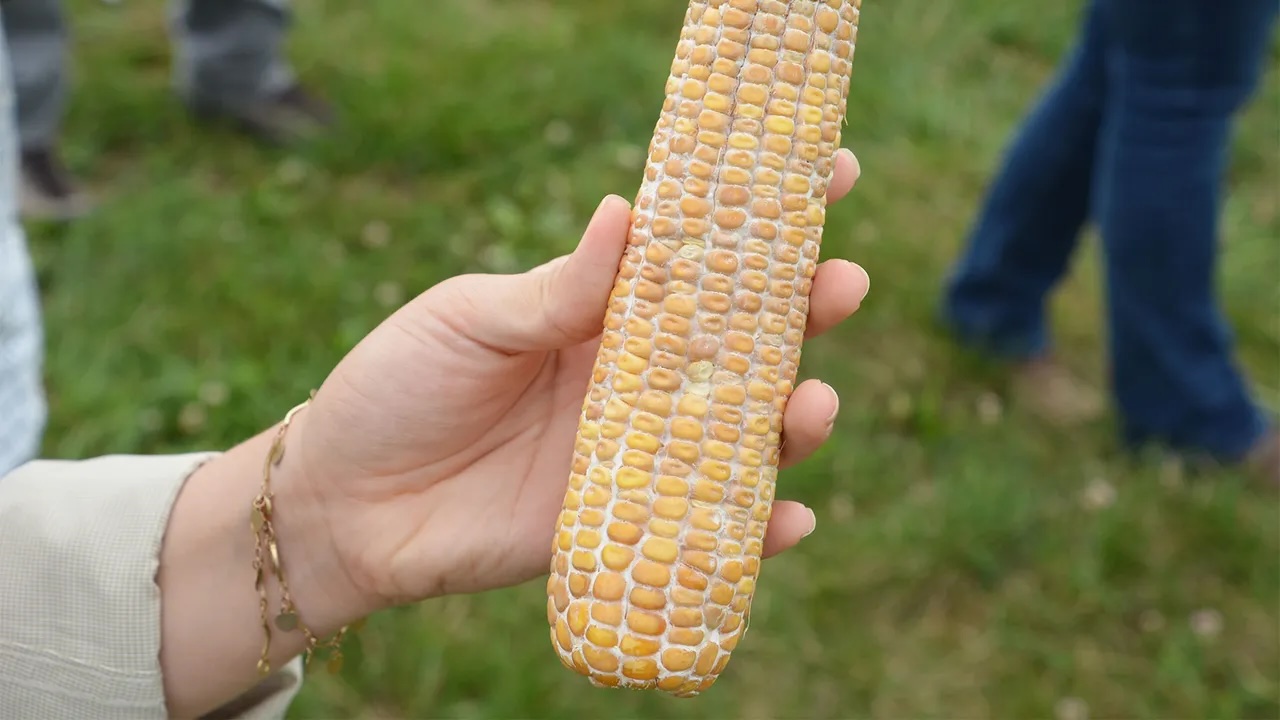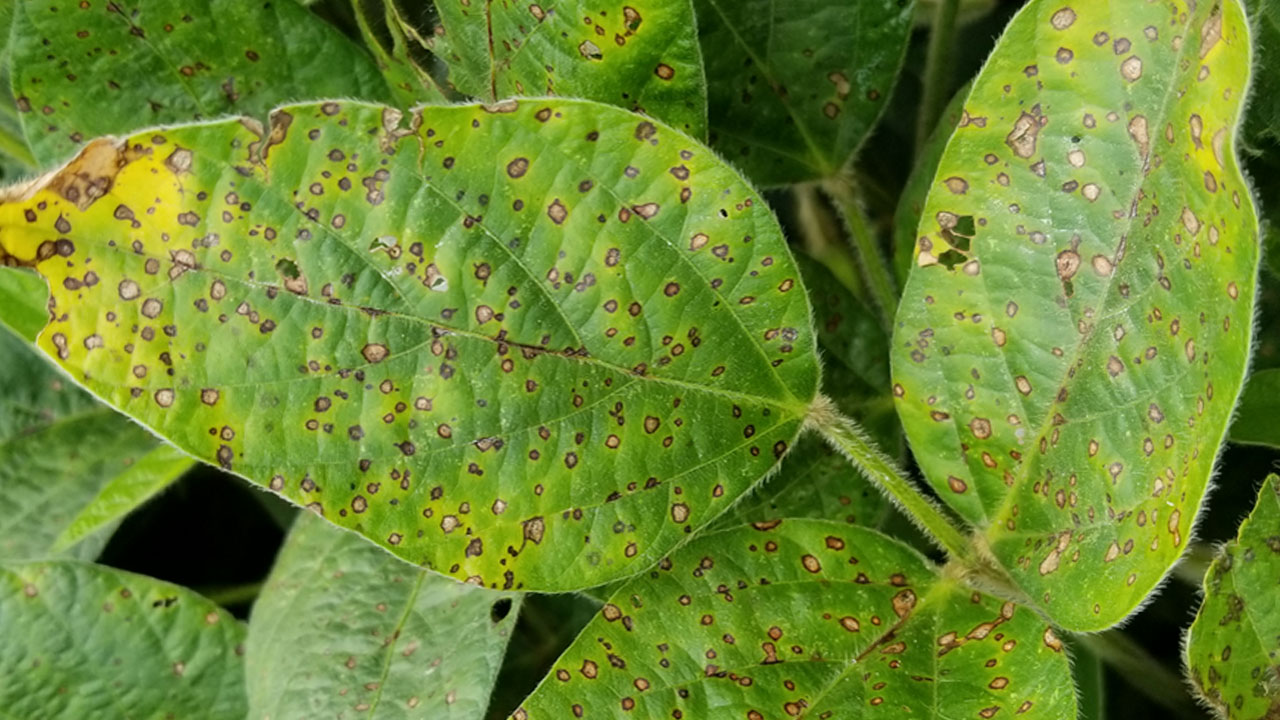How to assess corn nitrogen needs before sidedress
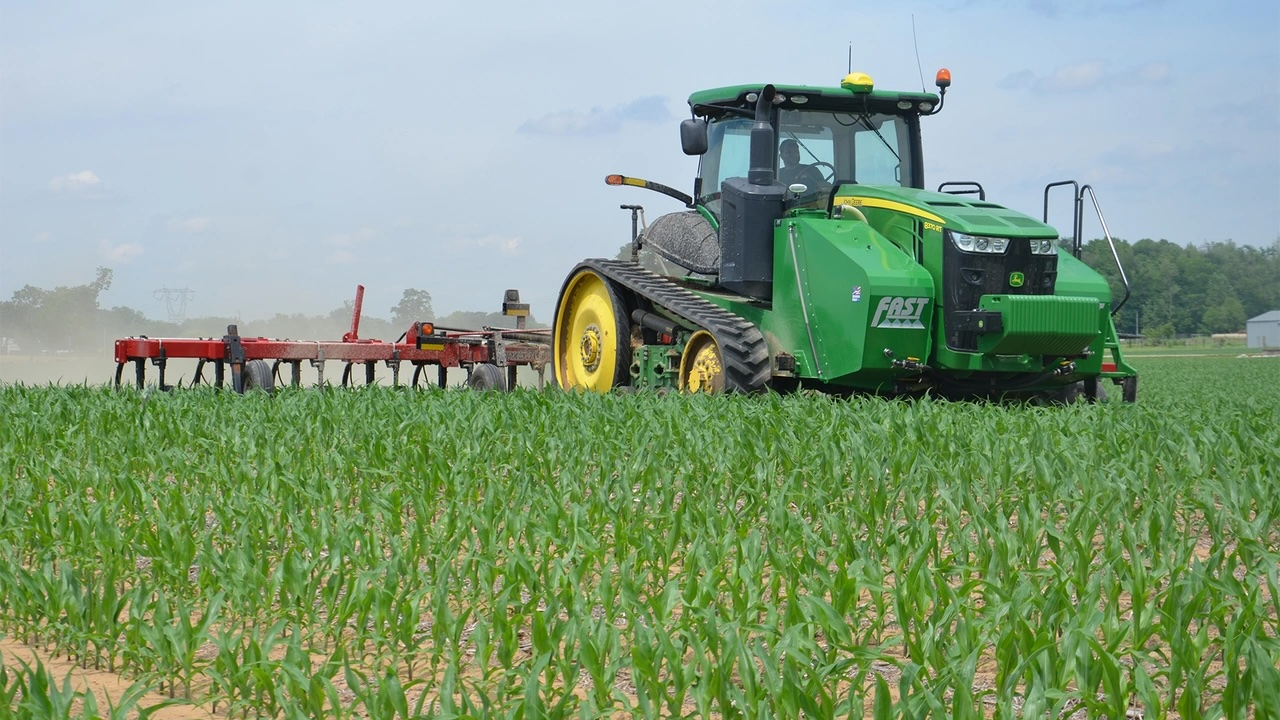
Answers are from the Indiana certified crop adviser panel: Gene Flaningam, Flaningam Ag Consulting, Vincennes; Carl Joern, Pioneer, Lafayette; Greg Kneubuhler, G&K Concepts, Fort Wayne; and Dan Quinn, Purdue Extension corn specialist.
I applied all my corn nitrogen on most fields but will sidedress a couple of no-till fields. About 100 pounds per acre of N was applied. Are there tests to know how much more to apply?
Flaningam: Depending on tillage and soil organic matter, a relative rate of 1 to 1.2 pounds of nitrogen per bushel yield goal is a starting point. A pre-sidedress nitrate test can be pulled at 12-inch depths. Sample general areas of a field to get the best representation. Adjust sidedress nitrogen rates based upon nitrogen soil test values, overall field conditions and hybrid nitrogen response.
Joern: Your location plays a crucial role in nitrogen management. Optimum nitrogen rates vary from year to year and field to field. The best approach is to have a well-structured plan while remaining flexible.
By split-applying nitrogen, you’ve already set yourself up for success. I strongly recommend using a proven nitrogen stabilizer like N-Serve or Instinct to keep nitrogen in its plant-available ammonium form as long as possible. Even in spring or sidedress applications, protecting nitrogen ensures it remains accessible when the plant begins peak uptake. Key considerations include precipitation levels, stand health and yield potential.
The pre-sidedress nitrate test is another valuable tool for refining your nitrogen rate decision. By pulling 12-inch soil cores across representative field areas, you can estimate the likelihood of a yield response. If your PSNT results come back at 15 parts per million of nitrate, subtract this from the general sufficiency threshold of 25 ppm, thus leaving 10 ppm. Multiply this by 8, and you get a rough recommendation of 80 additional pounds of N to reach optimal yield.
If you’d like to dig deeper into nitrogen management, check out CROP 3073, Nitrogen Use in Iowa Corn Production, for further insights.
Kneubuhler: There are two tests you can run to assist in your decision-making. One is the PSNT. This will measure how much nitrogen there is in the NO3 and NH4 form, which are the two forms of nitrogen that corn takes up. A supplemental test is the mineralization nitrogen test. This helps to show how much nitrogen will be available from the organic fraction in the soil. These are good tools to help evaluate if you’ll have enough.
Take multiple samples. The procedure in the laboratory is very accurate. Where the inaccuracy comes into play is where they are probed in the field. So, having multiple samples is key to establish a trend.
Quinn: The tests for making this decision are very minimal. One test is the PSNT, which is used to assess early-season nitrogen mineralization and nitrogen carryover from the previous growing season. It can be used to adjust sidedress nitrogen applications. However, this test is typically only recommended in fields with manure applications or soils with high levels of organic matter.
The best approach would be to target the recommended optimum nitrogen rate for your area using current recommendations. Therefore, if your optimum nitrogen rate is 200 pounds per acre, applying 100 pounds of nitrogen pre-plant and another 100 pounds at sidedress would be recommended. In-season scouting and tissue sampling can be used to assess corn nitrogen status.




